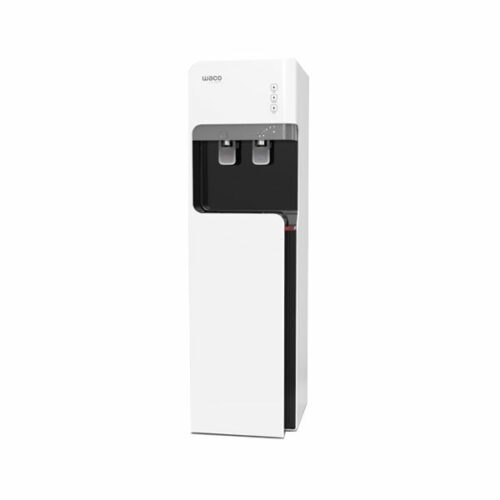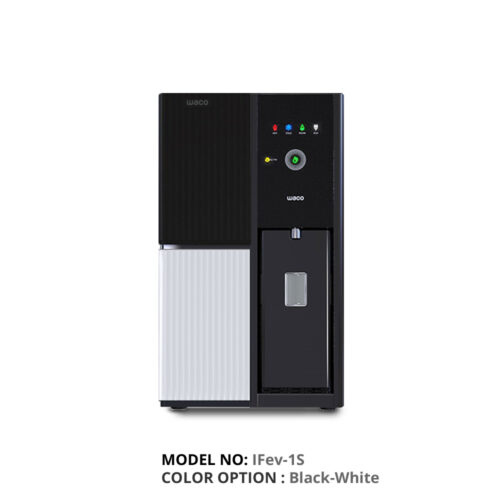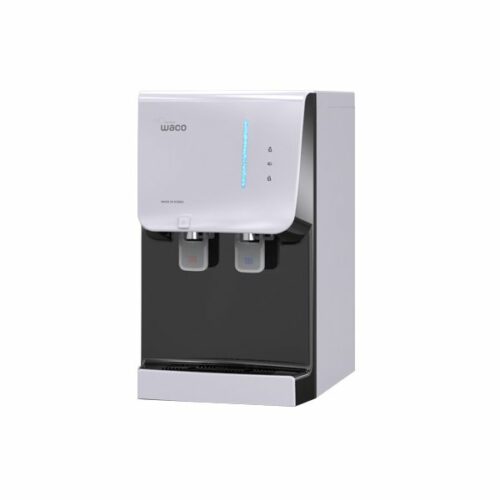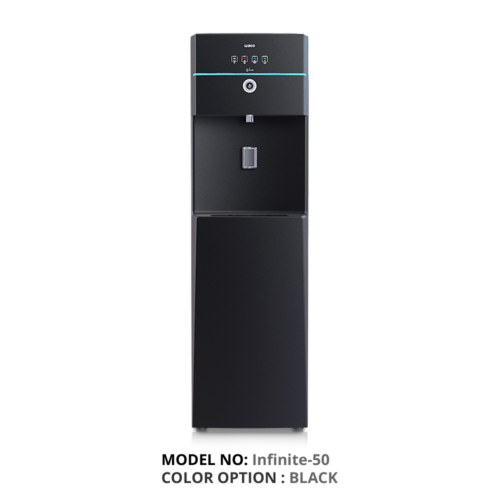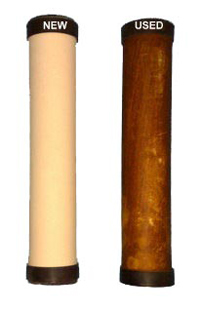
These types of water filters provide an efficient and inexpensive method of water filtration. They depend on using micro-porous ceramic material as a filter to trap and remove debris, dirt, bacteria and other undesirable elements often found in mains water.
How do ceramic water filters work?
Similar to most water filters, in a ceramic type filter, water slowly flows over one side of the filtering material which traps anything which is larger than the pores of the filter. Material trapped usually includes protozoa, bacteria and microbial cysts, however, this type of filter is not able to stop viruses as due to their size they can easily pass though the filter material and still be present in the clean water.
Some models of ceramic water filters often receive a special treatment using silver, which is used to aid in killing or incapacitating any bacteria and helping to prevent mold or algae from growing inside the body of the water filters.
Do ceramic water filters remove all contaminants?
Ceramic water filters do not completely remove chemical based contaminants. Some manufacturers of ceramic water filters, especially those dealing with ceramic candle filters, manage to use a high-performance core of activated carbon as part of the filter cartridge. This can be effective in reducing potential organic and metallic contaminants. Water filters which include active carbon are able to absorb certain compounds, for example, chlorine. However, water filters which use active carbon require replacement regularly as the carbon can become easily clogged by foreign material.
Different types of ceramic water filters
There are two common types of ceramic water filters: pot filters and candle filters. Ceramic water filters have a ceramic filter, which is porous, and this is attached to a receptacle, usually made of plastic. Water which is contaminated, when entered into the filter, flows through the filter and enters the receptacle located below it. This receptacle is normally connected to a tap. Any contaminants which are bigger than the micro pores of the ceramic filter are maintained in the upper part of the water filter unit. These water filters are easily cleaned using a soft brush and by thorough rinsing with clean water. If necessary, soap and hot water can also be used if sediment is particularly heavy.
Ceramic candle water filters possess certain mechanical, manufacturing and operational advantages over the simpler insert or pot types of water filters. Candle filters permit the use of durable metal and plastic to be used as the material of the final receptacles in the filter unit. This helps reduce the possibility of sanitary failure. Due to the fact that the area of the actual filter is not dependent on the size of the attachment joint means that better quality gaskets can be fitted which in turn reduces the chance of leakage. Because protection is offered by the top receptacle there is less chance of damage occurring during normal use.
Portable water filters
Another popular option for water filters is portable ceramic units. These work using manual pumping and ceramic filters placed in-line. These types of water filters treat the water from the domestic water supply as it flows through the filtering unit. The cleaning process is similar to that of clay pot water filters but they can also be cleaned by reverse-flow cleaning which is when water is passed, at pressure, backwards through the filter, expelling any trapped contaminated material out through the pores of the filter.
The biggest risk associated with all types of ceramic water filters is the presence of very fine or hairline cracks and the possibility of cross-contamination occurring. Ceramic is naturally a brittle material and can be easily damaged if dropped or suffers a similar impact accidently. Fine cracks in the filter can lead to allowing contaminants to pass through the filter. It is also essential to keep the clean water surface of the filter away from contact with dirt, cleaning materials and other possible contaminants as this will result in less effective filtration. Thorough sterilization of the filter is recommended if this does occur, in order to restore effectiveness of the filtration process.

